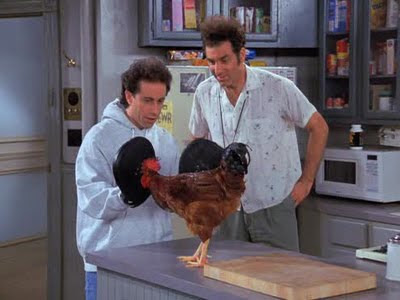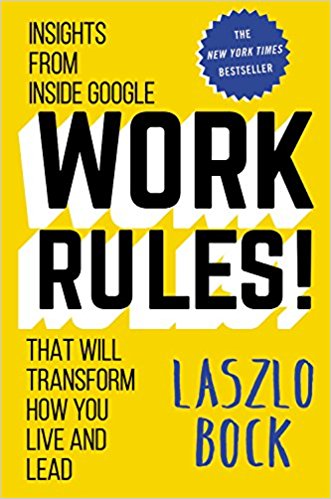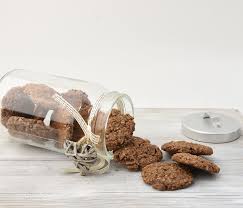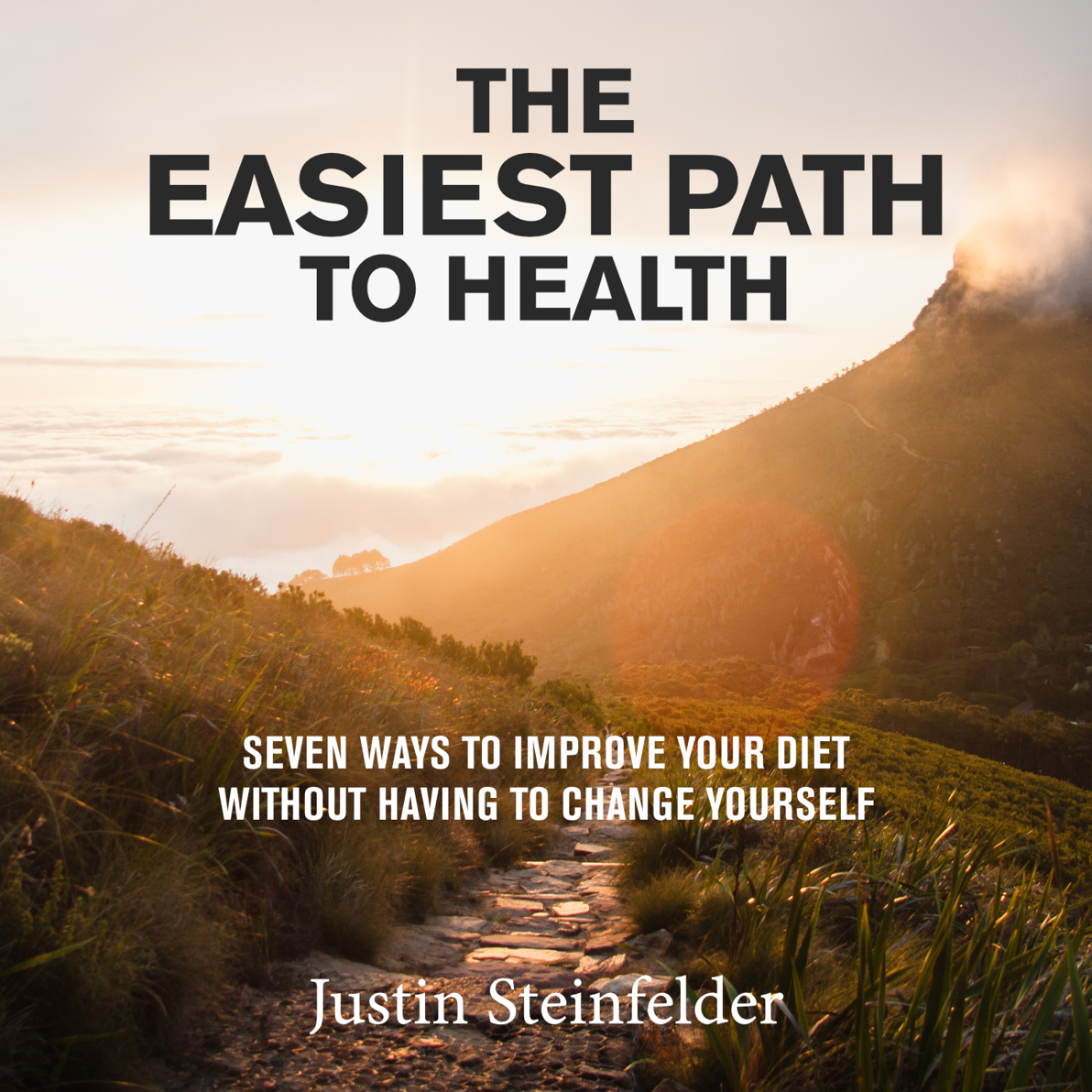“If it’s not there, you can’t eat it; and if it is there, you will.”
Dr. Traci Mann, Secrets from The Eating Lab
Reading Time: ~6.5 minutes (or less time than it takes to complete an entire, scientifically tested total body work out!)
Summary
For all of the head-shaking grief we give to the nutrition industry to make a decision already about what we should eat, in general, most of us know what’s healthy, don’t we? Sure, there are the Yellow Light Foods where the research is mixed, but no one is confused about what is healthier between a side of steamed broccoli and a basket of tater tots. We know the ‘what.’ But it’s the ‘how’ that is hard. As in, how do you get yourself to eat fibrous florets over tasty taters? The challenge is not knowing the tots are worse. The challenge is changing our tot-scarfing behavior.
A few weeks ago, I posted chapter 1 (‘Tweak #1’) of my new ebook, The Easiest Path to Health. Tweak #1 shows what behavioral science suggests is one of the simplest (yet most effective) strategies for solving the ‘how’— simply bringing it into view. Though simple, ‘Seeing the Good,’ (like broccoli), is powerful, but it will never be voted more attractive than the Bad (tots). So we have to rig the contest.
If Seeing the Good is important, Hiding the Bad is doubly so. I discuss the science and the strategies below.
The Situation
For most of my life, I had to fall asleep to some TV show—usually Seinfeld or Martin. As a result, I stayed up late and slept little. When I started law school, this habit became even less desirable given the hours of bone-dry reading and crack-of-dawn classes.
My first year of law school was a constant struggle between the competing needs of reading Civil Procedure and watching Kramer train little yerry for a cock fight. Given the choice, Civil Procedure rarely won the day. So, when I moved into a new place for my second year, I made a revolutionary change: I took the TV out of the room. Genius, I know.

But, as in the case of the ever-present guitar, although the Tweak was simple, the results I got were immediate and impressive. TV consumption plummeted; reading and sleeping took center stage.
It’s important to ‘see the good’, but it seems to be twice as important to ‘hide the bad’. It wasn’t good enough to merely use a “See the Good” tactic, and, say, place my law books out on my bed. I needed to take the extra step to actually hide the TV and thus the allure of the bad. As we’ll see below, the the ‘bad’ impacts the brain in more powerful ways. And it’s often easier to give into.
The Science
We know from Tweak #1 that seeing food increases our desire for it and increases the likelihood of consumption. But not all food is created equal. It turns out that high carb/fat/sugar foods are processed differently by the brain and induce action faster. Just as the instant-fun promise of binging on Netflix takes precedence over law school outlines, ice cream cake commands more Elephant attention than celery sticks.
This pull to the ‘bad’ is not only strong, but perhaps can lead to pathology. Recent neurological research suggests that the brain’s response to ‘palatable foods’ (like a milkshake) mimics its response to substance dependency—as in drug addiction. And this strong dopamine-promising pull to food may be activated by its mere presence.

Back to the Google food experiments I referenced in Tweak #1. As Googles’ Laszlo Bock recounts in his Work Rules!, they tried several other interventions to increase healthy eating but none worked quite so well as the environmental Tweaks. One failed tactic was to simply display the calorie content of each food on the menu (an attempt to appeal to the Rider). They also tried to take away options (e.g. Meatless Monday). Both tactics were ineffective in inspiring healthful eating, though each one did successfully infuriate employees.
The third option was environmental and simple. We already know they drew attention to the good, but they also reduced attention from the bad. For instance, in one office, Google execs moved the unhealthy snacks to lower shelves and simply placed them in opaque containers with lids. The result: total calories from candy were reduced by 30% in just two weeks.
A 30% reduction in two weeks is near unheard of success. To put that number in perspective, let’s assume for simplicity that the average American consumes 700,000 calories per year (nearly 2,000 per day). A pound of fat is about 3,500 calories. A reduction of 30% in annual caloric intake would be equivalent to 210,000 calories, or 60 pounds of fat!
Perhaps we should follow suit.
The Strategies
If you see it, you’re more likely to eat it. Even merely knowing a certain food is nearby will cause a similar effect. If we want to prevent Elephant gorging, perhaps our Riders should institute the following policy: out of sight (and out of house), out of mind.
A. MAKE UNHEALTHY INVISIBLE
Borrowing from what they did at Google, try moving your less healthy foods to lower, out-of-the-way shelves; hide them in opaque containers; or place them way back in the fridge or freezer. You might also try storing unhealthy items in cabinets on the periphery of the kitchen or drawers in your office.
B. PURCHASE BAD WITH PURPOSE
My editor has a rule. He only buys ‘bad food’ on Friday night—just enough to last the weekend, when he has permitted himself carte blanche. By Sunday afternoon, there’s nothing left in his house that his ‘best-self’ wouldn’t want him to eat.
So, if you’re intent on having bad food around, maybe limit it to pre-designated times. If Sunday is ‘cheat meal’ time—order only as much pad thai as you ideally would like to eat, no more.
C. WHEN EATING OUT
If you’re intending to eat healthy outside the house, you’d be wise to avoid restaurants that have tons of enticing, unhealthy options (especially with folks who are going to indulge). Otherwise, you are setting yourself up for a battle you’re unlikely to win.
Remember that going in there will force you to wrestle with your Elephant, and multiple little requests for french fries just seconds apart. Avoiding that place entirely only requires one ‘no’.
If you’re intending to eat a ‘cheat’ meal, I have two suggestions. First, do it outside the house. You don’t want any leftovers in the fridge. Second, enjoy yourself. This is a planned ‘cheat’ meal; don’t chastise yourself after the fact.
D. APPLY THIS TO HEALTHY AREAS OUTSIDE EATING
Hide your phone. Often I’ve gone to a coffee shop intending to read or write, but end up drawn into my phone for half the time. Now, the phone stays in the backpack—out of sight.
Do the same with sleep. Put your phone (and your laptop) out of your room, or at least out of reach.
Get all the Tweaks
Follow this link to download my (free) ebook. For easiest reading, I suggest opening them in your Kindle or e-reader app. In addition to the PDF, you will also get the link for the audio version which I recorded myself.
Past Tweaks: Tweak #1


